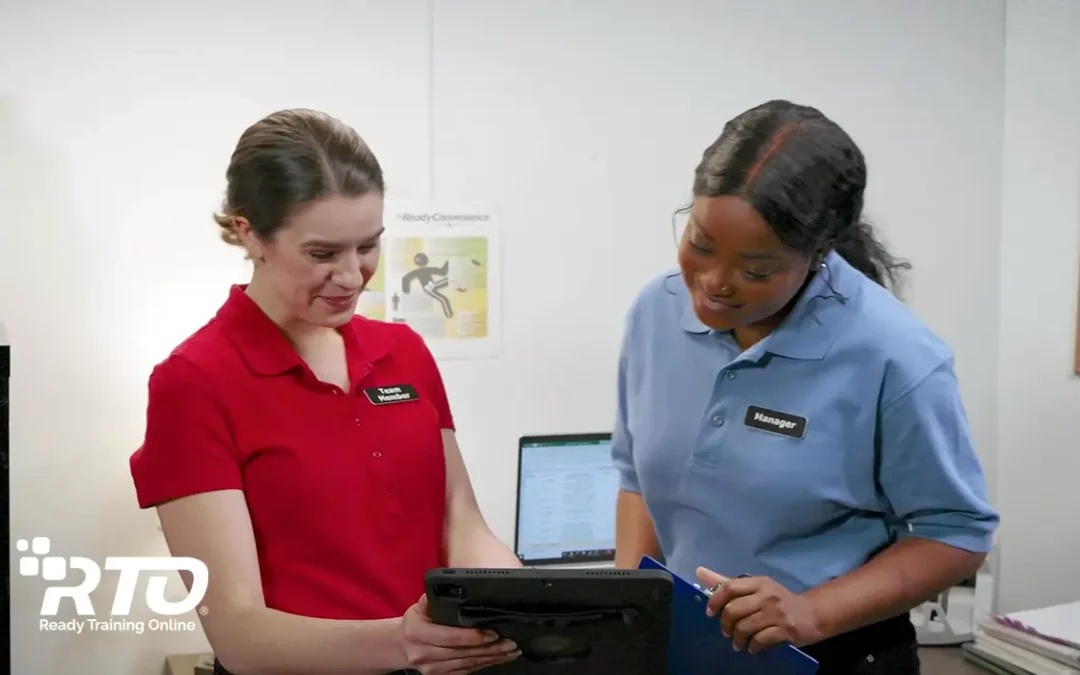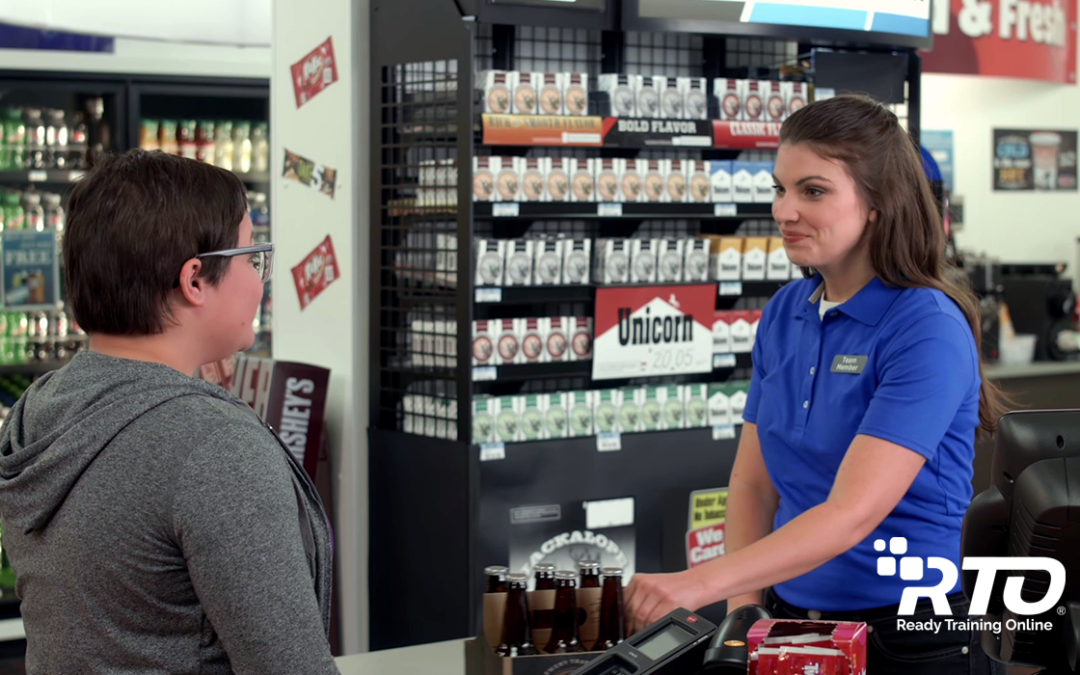From online training to daily coaching, your employees will be able to retain skills and knowledge better when their workplace is an effective training environment. In retail areas, it can sometimes be a challenge to create a distraction-free location for training, but there are other factors about your environment that you can control. Follow these tips for creating an effective training environment and becoming an ultimate trainer:
Training Environment Tips
Embrace the distractions: When coaching or providing on-the-job training, treat the distractions of the workplace as opportunities to reinforce training. For example, if a customer walks in while you are showing a new employee proper techniques for stocking the cooler, demonstrate exceptional service while still sticking to the task at hand.
Create a positive atmosphere: Managers set the tone for the attitudes of employees. Having positive energy impacts everyone around you. If you work hard, treat everyone with respect, and enjoy your work, your employees will follow suit and training will be more effective. New employees, especially, will find information easier to learn when they feel they are in a supportive and positive training environment.
Foster open communication: To encourage ongoing learning, all your employees should feel comfortable asking and answering questions. You won’t always be available to answer questions that come up, so empower veteran employees to coach new hires through open communication. Remember, effective communication requires listening as much, if not more, than you talk. Take the time to really listen to employee questions so you can provide complete answers.
Provide praise frequently: Employees need a boost to help them stay motivated. Praise employees when they do a good job, and do it in front of others. Be sure to spread out your praise evenly between all your employees. Everyone needs encouragement and can benefit from a well-placed “great job.”
Offer constructive feedback: For learning to thrive, trainers and coaches need to provide constructive feedback as well as praise. Employees will make mistakes sometimes, that’s just part of the learning process. When this happens, avoid using phrases such as “That’s not how you do it,” or “I already told you that.” For example, if a new employee missed a few items when stocking the milk, don’t say something like, “You missed filling some milk items when you stocked the milk.” This might embarrass the employee or leave them confused about what exactly they needed to stock. Instead use a phrase such as “I noticed the milk door is missing a few items, let’s go take a look.”
Ongoing learning can’t happen in a vacuum. When you create an effective training environment based on positive open communication, praise, and feedback, employees will be more open to learn new things and improve their performance.





